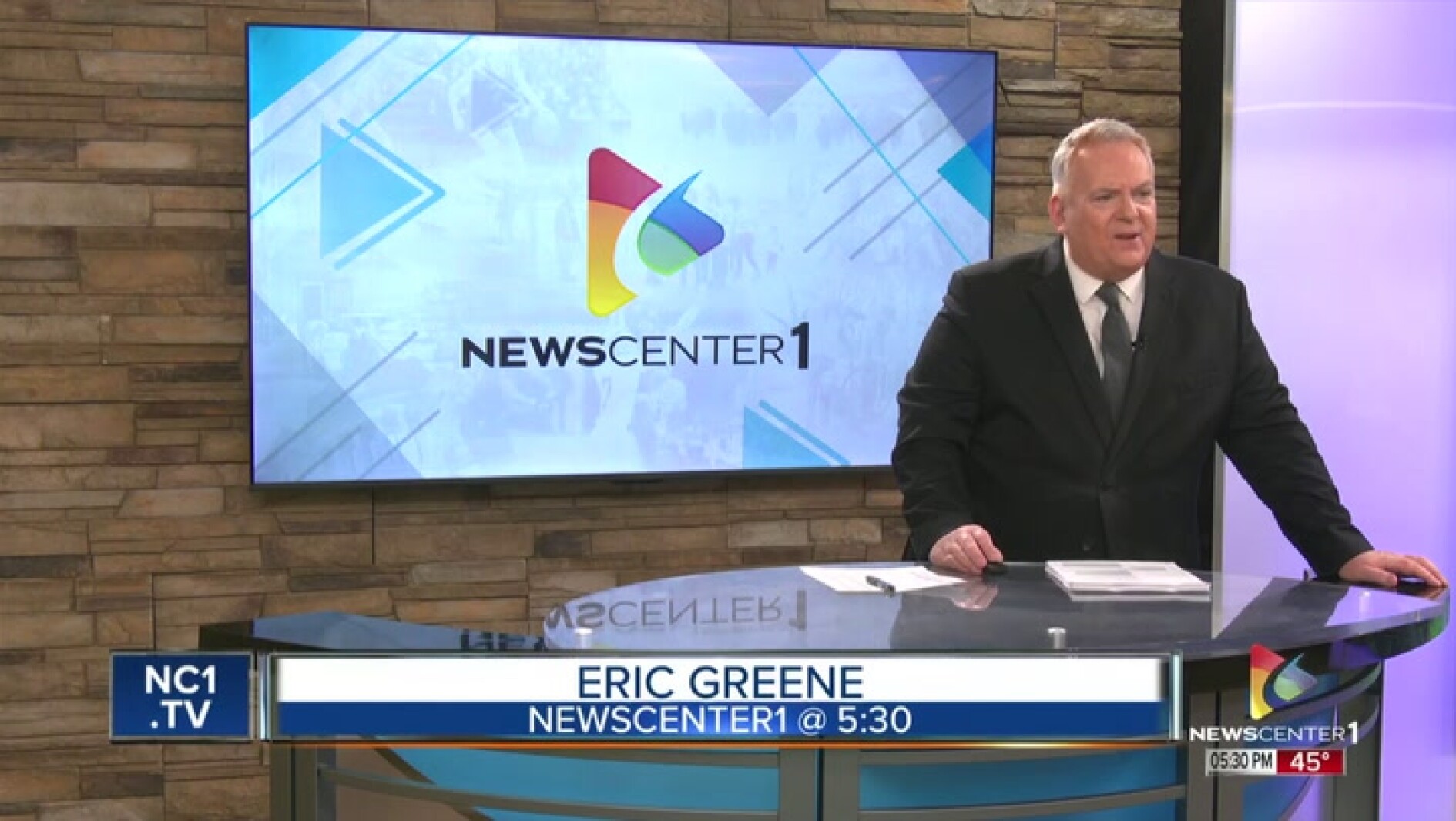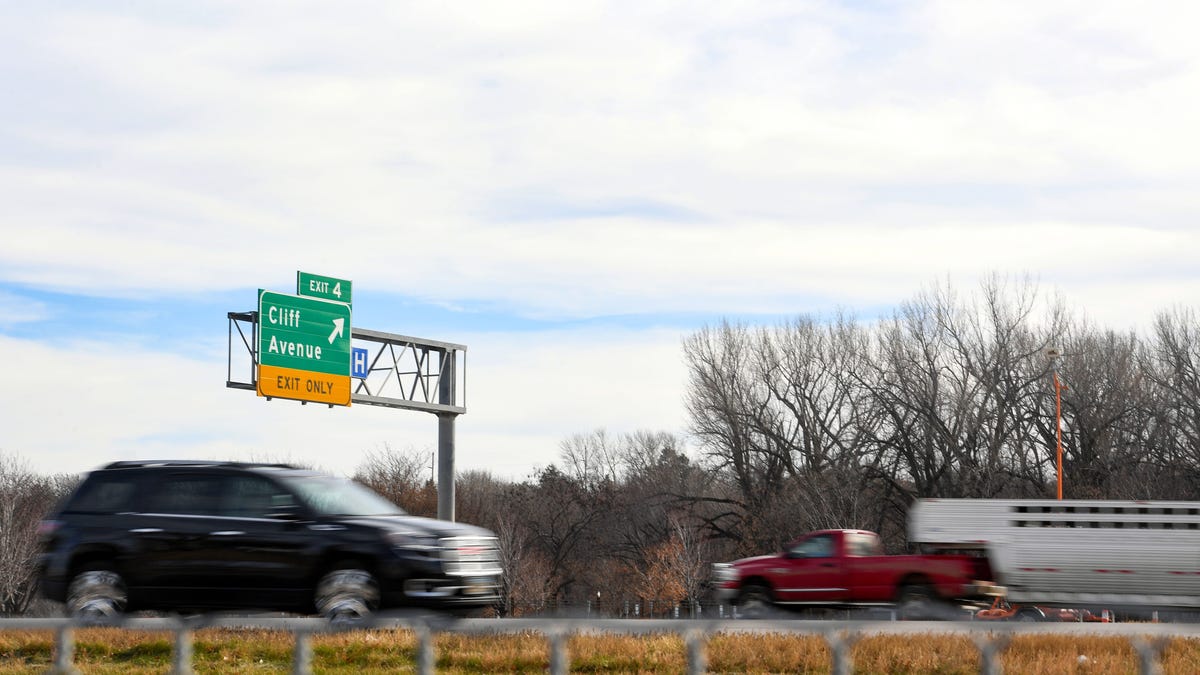South Dakota
New report has insights for South Dakota's child-related statistics

The most recent data from the Annie E. Casey Foundation’s Kids Count is out. It has insights on child-related statistics for the nation and South Dakota.
According to the report – American Indian and Alaska Native children in South Dakota live in poverty at significantly higher rates than nationally.
It says about 27% of American Indian and Alaska Native children in the United States live in poverty. That’s compared to the national rate of children at 16%.
In South Dakota that same figure for Native children aged 0-17-years-old is over 50%.
The state has slightly less children living in poverty at about 15%. That’s according to data from 2022 – the most recent on the Kids Count South Dakota website.
The Annie E. Casey Foundation reports ranks South Dakota 10th in the country overall in child economic well-being.
The state is slightly lower than many neighboring states like Minnesota and North Dakota.
However – South Dakota ranks 27th in child education well-being, 26th in health and 24th in family and community.
Those combined put the state 21st in the nation for overall child well-being rankings.
The report also ranks the state 44th in percentage of children aged 3-4 in school from 2018-2022. That’s 61% of South Dakota three and four-year-olds not attending pre-school.
The national average is 54% for the same age group.
The report says early education programs are a particular challenge in states with lots of rural areas.
South Dakota is one of the few states to not use state funds for pre-school education.

South Dakota
Obituary for Sharon Louise Ritter at Osheim & Schmidt Funeral Home

South Dakota
Feeding South Dakota prepares to meet growing need

RAPID CITY, S.D. — With the start of November this Saturday — 40-million Americans who rely on snap food benefits will see them reduced, or stop altogether — if the government shutdown continues..
As the deadline approaches — local food banks are preparing for what could be another strain on their resources.
Snap is intended to stretch a grocery budget, not cover all food costs, and provide low income families access to healthy food.
In South Dakota, about 75,000 people receive snap benefits.
“It’s really hard to know what that could look like for us when it comes down to numbers of people. We’re spending some time this week getting very planful about contingency plans and and making sure that we can do all that we possibly can in the communities coming into November with those benefits changing,” said Stacey Andernacht, Vice President of Public Relations, Feeding South Dakota.
Feeding South Dakota distributes food to every county in South Dakota. providing nearly 12 million meals a year.
Snap benefits being withheld is one more stressor on the organization.
In April, Feeding South Dakota was notified they would not receive 11 expected loads of food through a federal program.
In July, cuts to federal food assistance programs resulted in more pressure on food banks.
“It is a challenging time right now as a food bank, you know, we are the food safety net for South Dakota. Our goal, our mission, our focus, is making sure that every South Dakotan has access to the food that they need to thrive, and especially in times of uncertainty and and we’re looking at a couple of different, you know, groups of folks who are feeling some uncertainty right now, and we want to make sure that they don’t feel uncertain about putting food on their table,” Andernacht said.
Feeding South Dakota is navigating the changing landscape.
Donations of cash and food to the organization like the recent South Dakota Farmers Union donation of 35,000 pounds of pork will help Feeding South Dakota meet its mission in South Dakota.
“Really, as we come into November, we’re going to need community support in order to bring us across that finish line, in order to help us, you know, bring an influx of food into the community and across the state. I can’t tell you exactly what that looks like, but it’s going to be food, for sure. It’s going to be dollars to purchase food that’s going to be our greatest need, if the shutdown continues into November,” Andernacht said.
Jerry Steinley has lived in the Black Hills most of his life and calls Rapid City home. He received a degree in Journalism with a minor in Political Science from Metropolitan State University in Denver in 1994.
South Dakota
Obituary for Andrew David Zacharias at Miller Funeral Home & On-Site Crematory

-

 New York6 days ago
New York6 days agoVideo: How Mamdani Has Evolved in the Mayoral Race
-

 World1 week ago
World1 week agoIsrael continues deadly Gaza truce breaches as US seeks to strengthen deal
-

 News1 week ago
News1 week agoVideo: Federal Agents Detain Man During New York City Raid
-

 News1 week ago
News1 week agoBooks about race and gender to be returned to school libraries on some military bases
-

 Technology1 week ago
Technology1 week agoAI girlfriend apps leak millions of private chats
-

 Politics1 week ago
Politics1 week agoTrump admin on pace to shatter deportation record by end of first year: ‘Just the beginning’
-

 News1 week ago
News1 week agoTrump news at a glance: president can send national guard to Portland, for now
-

 Business1 week ago
Business1 week agoUnionized baristas want Olympics to drop Starbucks as its ‘official coffee partner’














